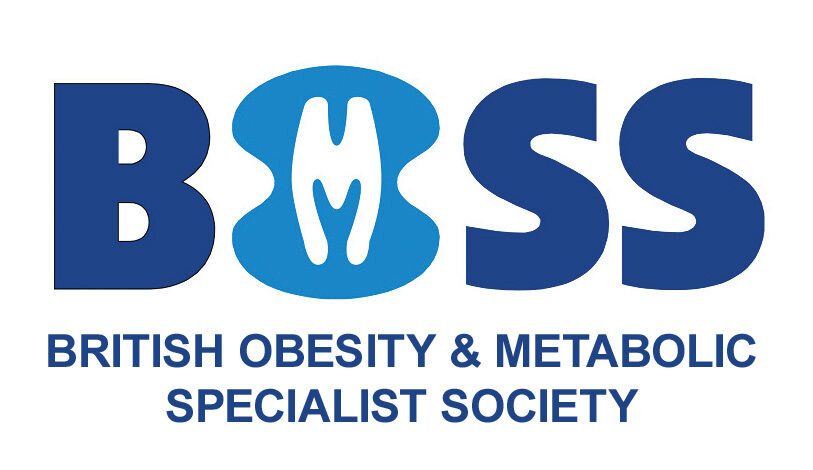Dear Colleagues,
You will all be aware of the recent publication of updated CG189 guidance for obesity which was published by NICE on July 26, 2023 – Overview | Obesity: identification, assessment and management | Guidance | NICE.
BOMSS Council members Helen Parretti and Omar Khan, and BOMSS Trustee Rachel Batterham, were members of the NICE committee who drew up this guidance that is highly supportive of bariatric surgery and that recognises the difficulties people living with obesity experience in accessing surgery.
The main changes in guidance are as follows:
Tier 3 – Specialised weight management services (SWMS)
Tier 3 has been removed – and replaced with the term SWMS which is defined broadly defined in pragmatic way – competence and skills based assessment rather than professional label driven. The review committee felt strongly that ‘tier 3’ services or lack of should not present a barrier to surgery.
“The committee discussed whether non-surgical measures should be tried, including interventions in specialist weight management services (referred to as tier 3 services in NICE’s 2014 guidance) before assessing people for surgery. They agreed that making people try specific measures before referral for surgery would create an unjustified barrier to effective treatment, and the evidence did not support using surgery only as a last resort. They also noted that tier 3 services are not available in all parts of the country (in 2014 to 2015, only about 21% of the clinical commissioning groups in England included these services), and that information on them was limited. So restricting assessment for surgery to those who have already used a tier 3 service could exacerbate health inequalities.”
This comment indicates that referral for surgery should be permitted directly whether or not a person has already been through ‘tier 3’. Put another way if there is no local tier 3 a person can be referred directly into tier 4.
People of South Asian, Chinese, other Asian, Middle Eastern, Black African or African-Caribbean family background.
Consider referral and expedited assessment using a lower BMI threshold (reduced by 2.5 kg/m2) to account for the fact that these groups are prone to central adiposity and their cardiometabolic risk occurs at a lower BMI.
BMI 35-40
The co-morbidities listed by NICE as lowering the BMI threshold to 35 should not be regarded as exclusive and other co-morbidities can (with MDT approval) be considered (eg asthma or PCOS).
BMI 30-35
Surgical intervention BMI 30-35 for type 2 diabetes.
Consider expedited referral if diagnosed in last 10 years.
Waist/Height ratio(W/H) – Primary and specialist care
This is simple to measure and gives a number that reflects crudely central adiposity that is a surrogate marker of metabolic health.
May be most useful in adults with BMI <35 as indicator of metabolic health.
cm or inches may be used as long as same units for W and H.
<0.5 healthy
0.5 – 0.59 increased central adiposity
0.6 high central adiposity
We encourage you to register for Dimitri Pournaras and Shaw Somers’ review of the recent NICE changes, taking place in a webinar on Thursday 7th September 2023 from 6-7pm. Click here to register.
Kind Regards,
BOMSS Council
